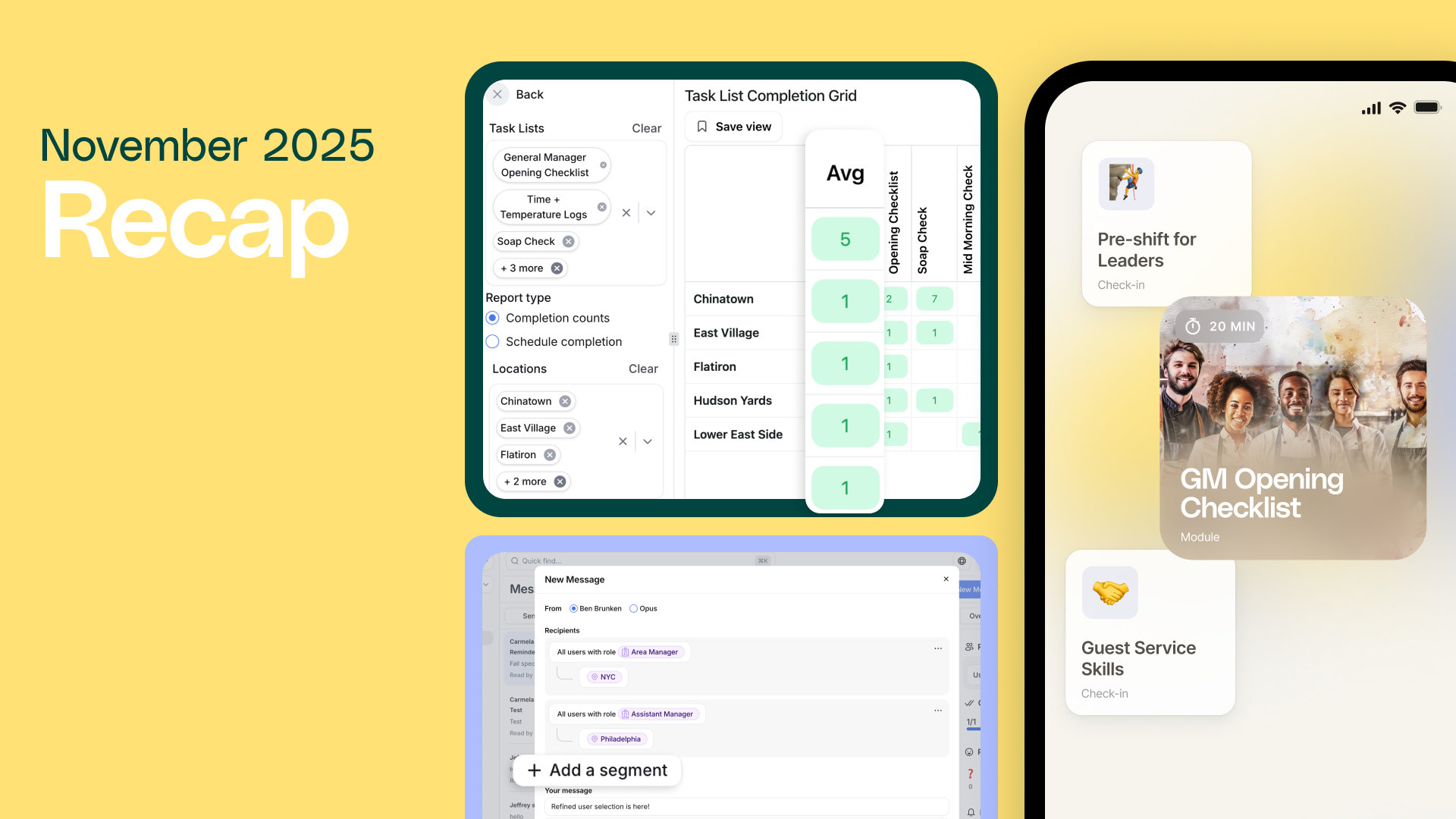Most people forget what they learn within the first hour of learning. And, after a day or two, we forget about 75 percent of what we learn. This is called the forgetting curve. The rate at which you forget depends on your memory strength, the content’s engagement and other factors such as the amount of stress you have in your life at that time. That’s because our brains can’t retain information by learning a concept once or twice. We need spacing and repetition.
Also known as "adaptive training", this is a method where a course is taught over time with breaks between sessions. Spaced learning can be used in a fully immersive training experience, in a blended learning experience, and in digital learning environments. It’s been proven to decrease stress because it lessens the cognitive load during training.
How micro-training and spaced learning are connected
The key for employers who use spaced learning is to keep training brief - typically less than 10 minutes, as the average human brain will only focus for three to five minutes. The training therefore, is broken into a series of small training "sessions". These are best delivered electronically, since it would be difficult to meet in a classroom continually for such microscopic sessions. Once you lose a trainee's attention, simply stop the session and resume again later.
Effective spaced learning
Spaced learning is most effective when you break up the execution into different formats. For example, you could teach the lesson via a short video the first time; followed by a scenario the second time, and then a short assessment. Take a few days break between each session or each training “day.”
When it’s time to add more to the training, link the new work onto the old, so the former concept is neither disconnected nor discarded. Older concepts should continually be reviewed so they’re not forgotten. As a result, they become long-term knowledge In other words, they are retained.
Results of spaced learning
The University of Illinois, Chicago conducted a study that showed that spaced learning helps with short and long term memory. It works because when you review something over and over again via various methods, you’re reinforcing the material. As your memory becomes stronger and grows into your long-term memory, start to broaden the intervals between the repetitions and ensure that long-term knowledge retention begins.
Why digital training and spaced learning work hand in hand
Mobile-first learning is ideal for executing spaced learning because you can schedule multiple activities over many days or weeks to distribute the practice. E-learning sessions take three to five minutes and naturally rely upon various techniques, from quizzes to videos. Employees can revisit videos that resonate with them. Focusing on old and new materials helps to keep memory fresh, and all these materials may remain on technology (even on mobile phones).
Employees can create schedules where the spaced learning pops up on mobile phones every other day at a specific time, and employees can check out the material when they have a spare minute.

Why Spaced learning works for frontline workers
Frontline jobs are demanding and require a great deal of flexibility from hour to hour, shift to shift. Employees working in restaurants, manufacturing facilities, car washes, and other service businesses don't have the luxury of going to a corporate classroom to learn.
So, digital learning is a clear solution. However, traditional e-learning has not set up frontline teams for success. Learning Management Systems require emails, passwords, and hours of focus in front of a desktop computer, laptop, or tablet. That's why spaced learning is an effective method for employees who don't sit at a desk. (At Opus we prefer the term "deskless worker" for this reason). Spaced learning is naturally conducive to frontline work environments and supports fast, effective training and cross-training while accommodating the busy, ever-changing schedules of employers with a large deskless workforce.
How Opus uses Spaced Learning
Opus delivers a unique method of spaced learning through multimedia, chat-based lessons. Employees receive a short lesson during their shift. It is interactive and supports all forms of learning. With multimedia support, trainees learn via video, images, audio files, and text, which offers variety and encourages long-term knowledge retention.
With chat-based quizzes and assessments, answers are automatically graded, giving immediate feedback and reinforcing on-the-job learning even further. At Opus, 80% of on-shift employees complete their daily microlesson. As a result, training investments are returned more quickly than with traditional methods.







